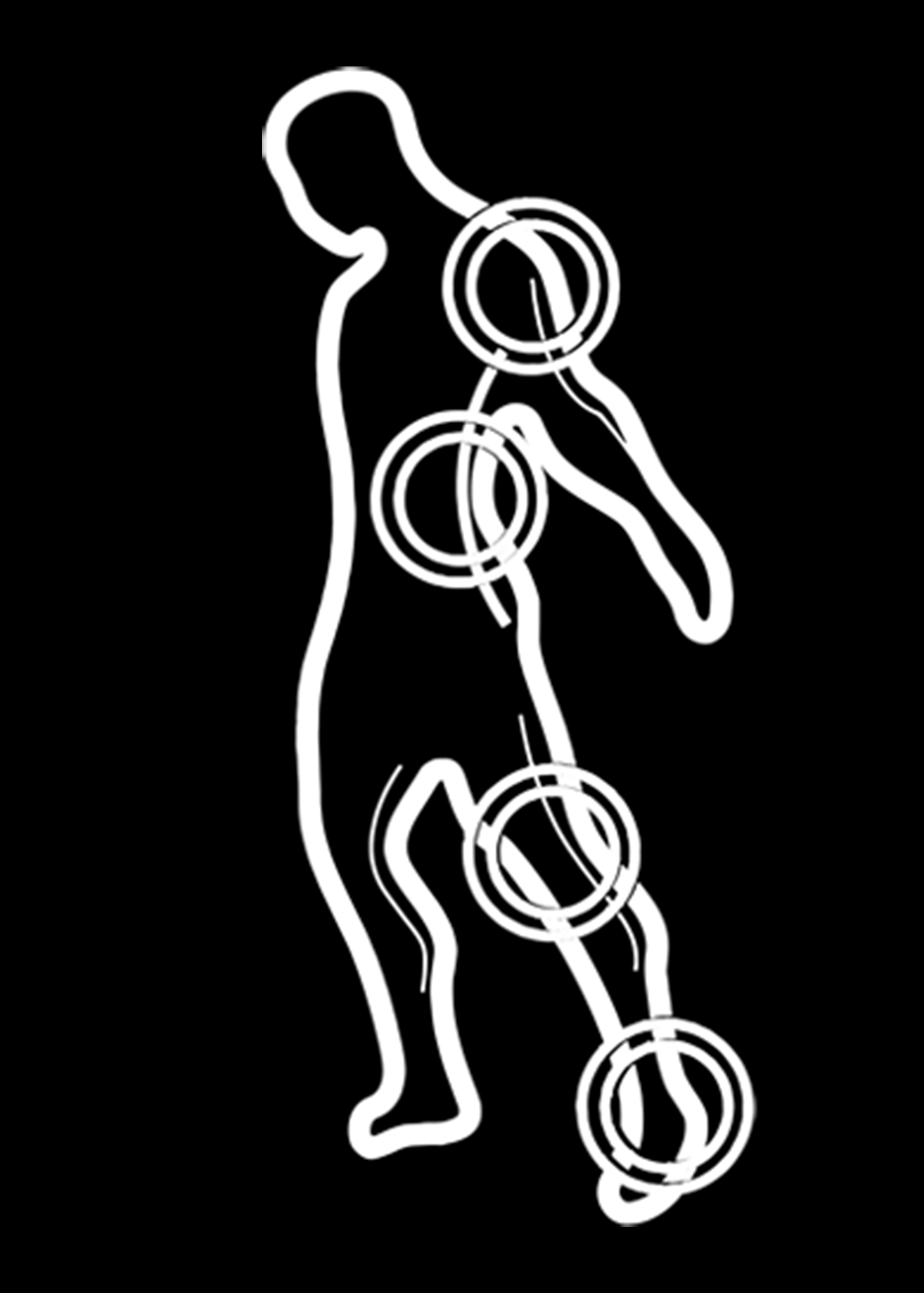A very common complaint, especially after surgery and injury, is "one leg is shorter than the other". Though out of the many times I've heard this, only once did someone actually have a true leg length discrepancy or a "shorter leg". So what is happening that one might feel this way? What is causing this phenomenon that makes us jump to buy a lift in our shoes which can wreak havoc on our hips and spine, change our gait patterns and overall cause musculo-skeletal dysfunction later on in life?
I think to understand this, we have to understand the role of the inflammatory process (which can include pain and swelling) after an injury or surgery. Most notably after a hip surgery (due to close proximity and muscular attachments to the pelvis), but also after knee and ankle surgeries, people experience post-surgical pain and swelling. This is the bodies response to heal the joint and muscles. Pain and swelling, in the musculokeletal scheme of things are the greatest cause of muscular inhibition. Knee buckling and not being able to reach up into a cupboard because of shoulder pain are just two examples of pain shutting your muscles down in a sense. It can make us think we are weak when it is just a temporary muscular shutdown, waiting to be awakened after pain and swelling subsides.
Now when we have a leg injury or surgery, not only are our muscles inhibited, but our gait and standing pattern changes. How does that happen? I can answer that question with another question. Would you feel comfortable standing on a weak leg? Probably not. What tends to happen is actually a subconscious response by your body to avoid the painful leg. This causes a chain reaction to put most of the weight onto the "good leg". Now another question. If you weigh 180 pounds and each leg was able to handle 90 of those said pounds and suddenly only ONE of your legs now has to take 150 of those lbs, do you think your body will adjust to accommodate this new balance of weight?
Now the "domino effect" begins. With most of your weight on one leg, your pelvic complex will start to shift towards to the leg that is handling most of your weight. If you can't picture this, put your hands on your hips. Does one side stick out more than the other? This weight shift of the hips and pelvis is not just horizontal, but can go vertical as well. It can migrate upwards towards the ribs. Once the domino effect ends, you are left with a pelvis that is higher on one side than the other. When the pelvis goes up, it pulls everything along with it, effectively making the leg seem shorter.
Now when wearing a shoe lift to "lengthen" the leg, you are not helping the problem, but actually making things more complicated by pushing the already high pelvis even higher! Imagine the domino effect that now starts in the spine. When your pelvis goes up, it takes up space. Space designated for that side of the spine. So when the pelvis goes up one one side, the spine gets pushed towards the other side. Now the journey towards scoliosis begins...
Don't Get It, Try This:
Stand in front of a mirror, preferably shirtless to get a good visual of what you are about to check. Now put your hands on the very top of your pelvis (what most people might call the hips but are mistaken) right underneath the bottom of your ribs. Now look in the mirror at the level of one hand versus the other. Is one higher? If so, shoe lifts could be the furthest thing you need right now.
Note: The above explanation is not the only reason you can have a perceived lower leg. I will discuss the phenomenon of hip drop in relationship to leg length in a future article.
Dr. Joshua Mazalian, DPT, OCS, CSCS is the owner of JAM Sports and Spine in Los Angeles and specializes in sports and orthopedic physical therapy. You can reach him on Twitter @jamsportsPT and Facebook as well as email at info@jamsportsandspine.com

